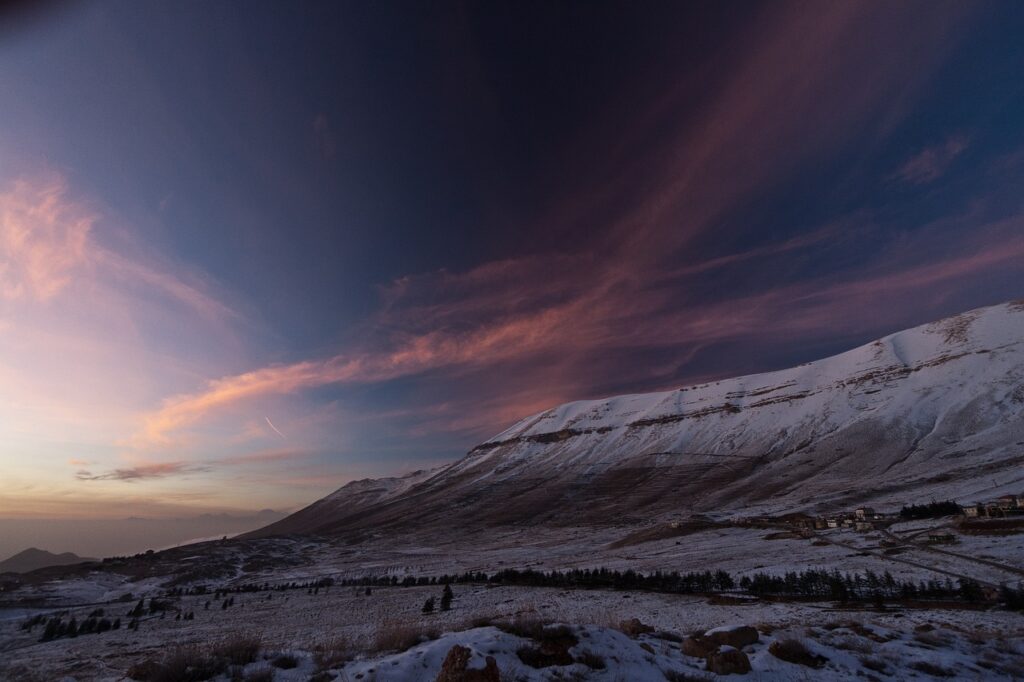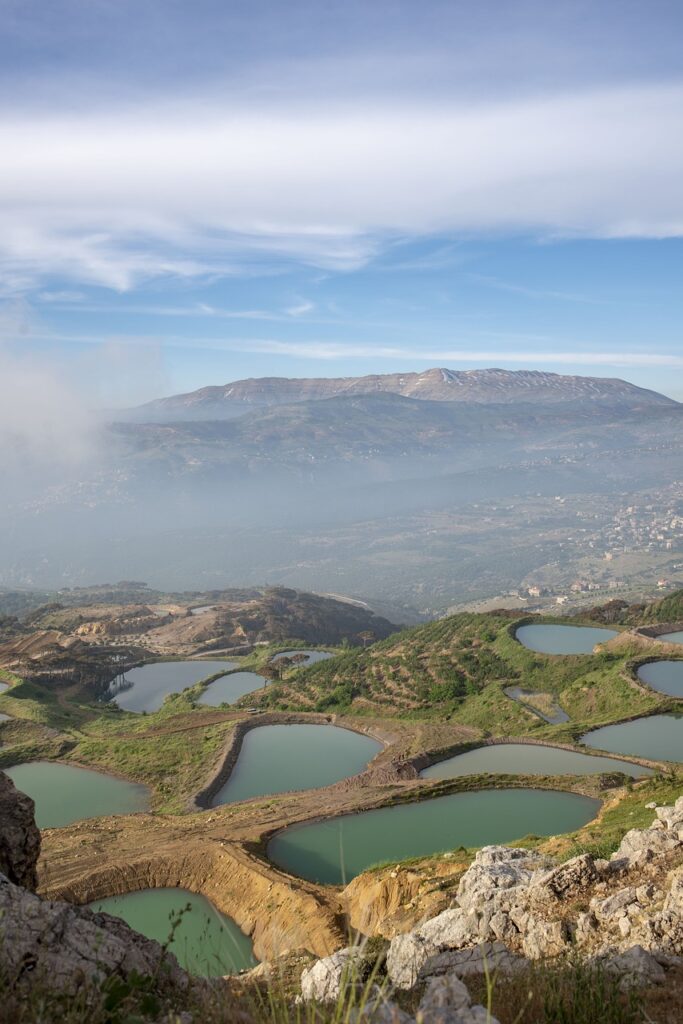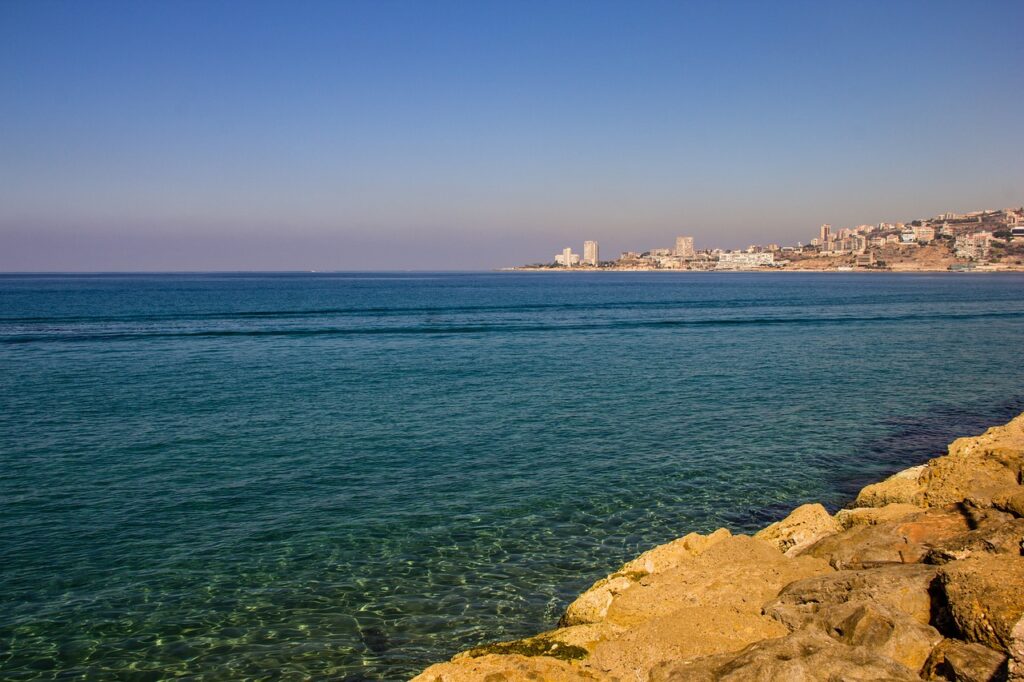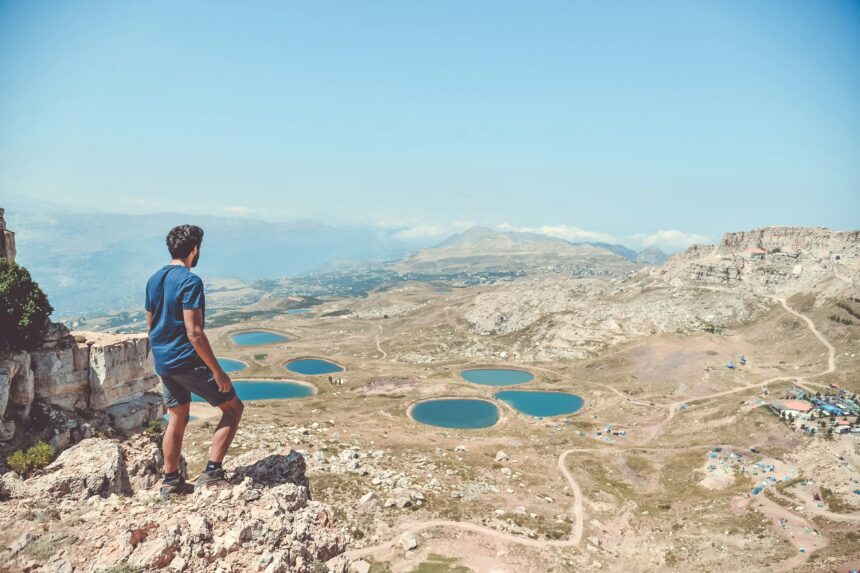“And I begged the Lord… I will pass over and see the good land that is beyond the Jordan, this good mountain and Lebanon” (Deuteronomy 3:23-6)
In the above verse, Moses begs to behold Mount Lebanon in the far north. In his eyes, it is the crown jewel at the center of Israel’s beauty. The words of Moses, who stands on the other side of the Jordan, and longs for the distant Lebanon, teach that according to the Torah, Lebanon is imbued with a loftier holiness than that which extends east of the Jordan.
“Lebanon” is a Hebrew word. Meaning “whiteness,” the land is thus called after the white snow that graces her peaks throughout most of the year.
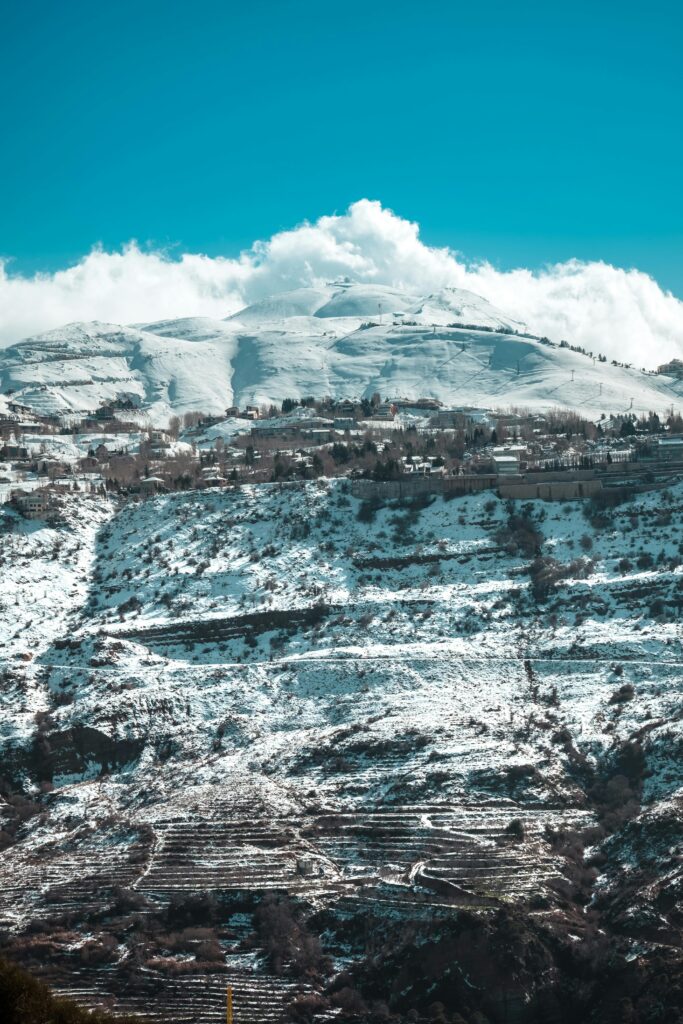
We meet Lebanon in the description of the borders of the land in the Torah. This is the case in the description of the mitzvot of inheriting the land in its expanded borders (1:7) and so again in detailing the boundaries of the Promised Land (11:24).
Lebanon is a chain of mountains between the El Kabir River in the north and the El Kasmia River in the south. This chain, which stretches for 160 km, with an average width of 40 km, is divided by the Lebanon Valley into two ridges: the mountains of Lebanon to the west, which look out “over the shore of the great sea” (Joshua 9:1), and the mountains of Lebanon to the east, that is “Lebanon, east to the sun” (ibid. 13:5).
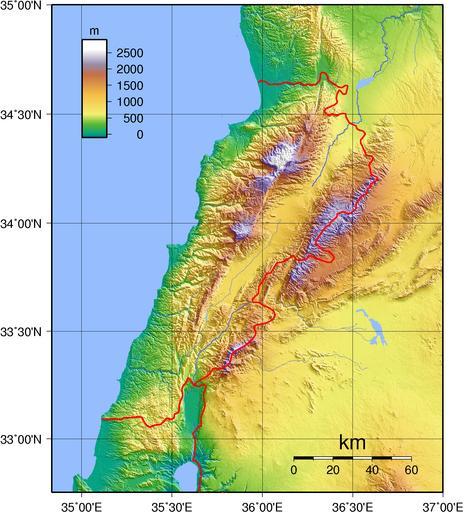
It is known that in the Torah there are two kinds of borders to the Holy Land. The wide reaches in the north to the Euphrates river and the narrow to the northern mountain and Levo Hamat. The broad border is an ideal, permanent border, intended for later generations after the people have increased, while the narrow border is the nucleus of the Land of Israel, intended for occupation in the first stage.
Lebanon is included in the limited border, the land that God commanded to be conquered in the first stage as explained in Joshua, chapter 13. In the language of the Bible, Lebanon is first and foremost the name of the high Mount Lebanon, but it sometimes also includes the Lebanon Valley to its east.
The southern part of today’s Lebanon from the Litani River and southward is, in historical terms, actually part of the Upper Galilee. In the language of the Bible, this area and also the area from its north to Sidon is called the regional name “Sidon.”
As Israel absorbs fatal rocket attacks by the Hezbollah Islamic organization, more and more Israelis are beginning to conclude that there is no chance for stability in the Middle East without territorial concessions by Israel’s neighbors.
However reluctant Lebanon, Syria, Jordan, and Egypt may be to return historical Jewish lands, they say, only such boldness, courage, and self-sacrifice on the part of the Arab states to come to a political settlement will achieve termination of war.
One expression of this growing segment is a movement of Israelis advocating Jewish settlement in southern Lebanon. They will hold their first meeting this week, including a demonstration and tour of the border with Lebanon.
One of the heads of the movement to settle Lebanon is Haifa resident Rabbi Eliyahu ben Asher,
who teaches history and Judaism, and is a fighter in the IDF reserves.
Explaining the movement’s goals, he wrote: “There is an iron law in modern Israeli history: Every place from which Israel withdraws becomes an enemy state of the most brutal kind. This is true in Gaza, and it is true in Lebanon.”
He continued: “We withdrew from Gaza in order to never see the Gazans again, and in the end we met them face-to-face in Ashkelon. We withdrew from Lebanon in order to never see Hezbollah again, and only God and Iran’s treacherous strategy saved us from meeting thousands of their trained fighters in Kiryat Shmona, Acre, Ma’alot, and Safed. The events in the south would have faded and been forgotten in the national memory in comparison.
“From the desperate attempt of the State of Israel since the 1970s to establish southern Lebanon as an Israeli vassal under Christian leadership and Israeli protection, we have today come to a reality where a fortified Iranian army stands on our doorstep from the north, armed with over a hundred thousand missiles and vigilantly waiting for the opportunity to skin us alive in an invasion along the lines of Simchat Torah. South Lebanon has not forgotten the State of Israel, even if Israel has forgotten it.
“And what exactly is ‘South Lebanon’? It is simply the north of the Galilee. The clear natural border between Israel and the mountains of Lebanon runs through the Litani river – the greatest of Lebanon’s rivers – about which Moses said: ‘A land of springs and abysses flowing in the valley and the mountain.’ (Deuteronomy 8:7)
“Our current border with the ‘State of Lebanon’ – a state that does not actually exist or function – is the result of French trade and an attempt to increase the territory of their Christian protectorate at the expense of the British mandate – an attempt that turned on its creator. The Shia population of southern Lebanon eventually not only expelled most of the Christian population, but also turned Lebanon into an Iranian enclave.
“When looking at the border, there is no difference between the Lebanese Ramya and the Israeli Shtula, and there is no difference between the Lebanese Yaraon and the Israeli Kibbutz Yaraon. The current Israeli border is artificial just like the wall that Israel built along it in recent years. There is nothing sacred about the Sykes-Picot Agreements that created this border, and there is nothing defensible about a border that doesn’t even bother to consider mountain ranges and ravines – just a line on a map.
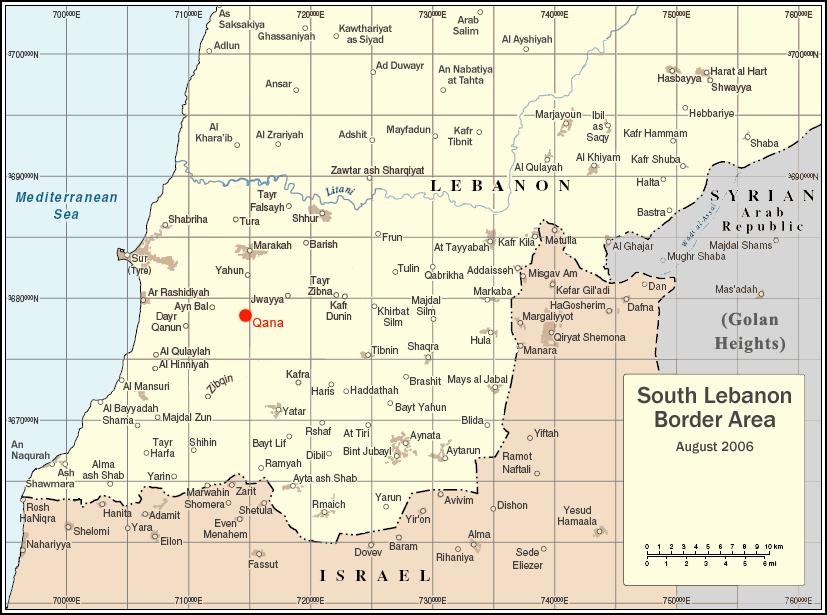
“Many times Israel realized that it had no choice but to invade Lebanon in order to ensure its security. In Operation Hiram in the War of Independence. In Operation Litani almost 50 years ago, and of course in the First Lebanon War, when we stayed in southern Lebanon for almost 20 years in a row.
“Throughout the years when Israel’s buffer zones existed, their security need was clear to the Israelis. If so, why did we ultimately retreat? Why couldn’t we hold on and pay the price? We withdrew because we did not settle the land. We withdrew because we did not treat Lebanon as the Land of Israel and as the homeland. Had we settled in the land of southern Lebanon in the first place, we would not have established an indefensible security strip then, and we would not be standing on the brink of an existential war with the Shiite state of southern Lebanon today.
“Today we stand on the brink of a major war with Shiite Lebanon. A war in which southern Lebanon will become a great battlefield and Israeli divisions will clear out the mountains. This time we need to come to Lebanon with a clear understanding and vision: Real Israeli control over the entire area south of the Litani – which will include civilian Jewish settlement – is key so that the sacrifice of those soldiers who storm Mount Lebanon not be in vain. Such Israeli control is the key to real security, that will come from real victory.”
